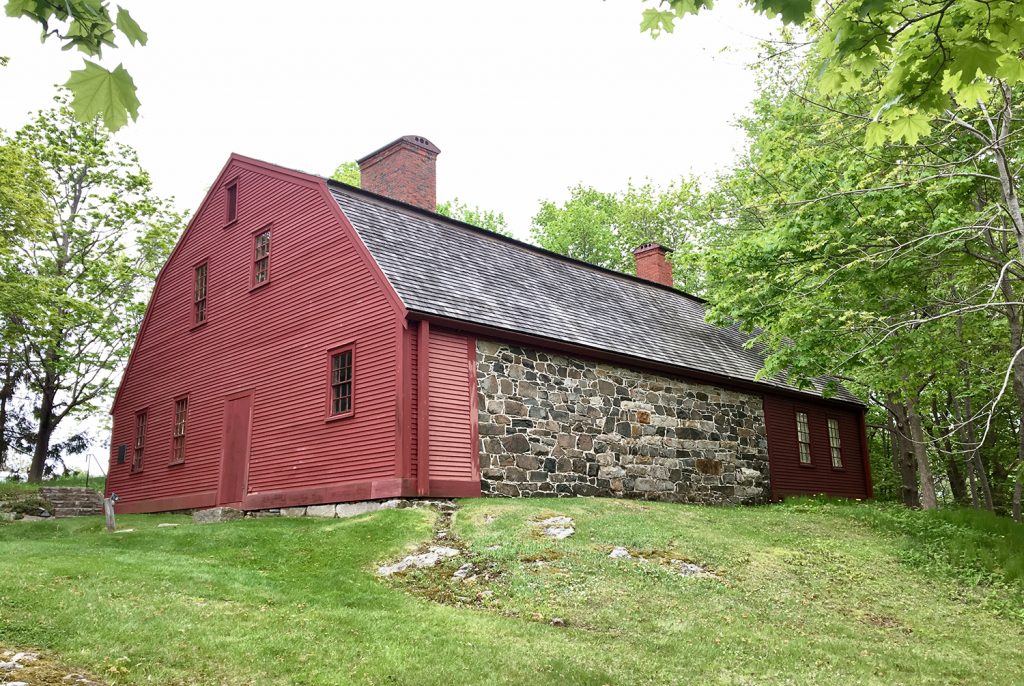
The Development of York's Old Gaol
150 Years of Construction History
1656 - 1806
 1656 – Maine Provincial Prison. In 1656 John Parker was hired as Maine’s first executioner and prison keeper after a prison was constructed on Gaol Hill. The same year, Robert Cooke of Cape Porpoise became the first person threatened with jail time in Maine’s first prison.
1656 – Maine Provincial Prison. In 1656 John Parker was hired as Maine’s first executioner and prison keeper after a prison was constructed on Gaol Hill. The same year, Robert Cooke of Cape Porpoise became the first person threatened with jail time in Maine’s first prison.
1707 – York County House of Correction. A House of Correction opened on Gaol Hill, serving as a workhouse for minor criminals and the poor of York County. Inmates in York’s House of Correction repaired shoes and processed flax to pay debts and court-ordered fines.
1720 – Stone-Walled York County Prison. In disrepair and lacking security, the York County Court ordered the replacement of the 1656 prison with a stone walled building in 1719. The new building was located on Gaol Hill and lumber from the 1656 building probably was used in the new structure.
1729 – Prison House. After 1720 and peace with Canada to the north, York County’s population grew dramatically. With more people came increased crime and the need for greater monitoring of prisoners. In 1729 a small house was built enabling the prison keeper to live on-site.
1737 – Prison Kitchen. Before 1737, food for York’s prisoners probably was cooked off-site. In that year, a kitchen was constructed in a space that formerly served as an open-air prison yard for the exercise of prisoners. The level of the original yard was more than a foot lower than the current kitchen floor, which is why one must now stoop to enter the 1719-1720 stone prison.
1763 – Second Floor Cells. As the 18th century progressed, Americans became more concerned with the treatment of prisoners. With little light and dank conditions, the stone prison cell no longer was used for prisoners once two new cells with tall windows were constructed on the second floor in 1763.
1799 – First Floor Addition and Second Floor Debtor Cell. Economic turmoil brought on by the American Revolution and Independence caused more and more Americans to fall into debt. As a result, in 1799, York County added additional space to the House of Correction, with a large debtors cell built above it on the second floor.
1806 – Storage Cellar and Room. The York County Court ordered the construction of a cellar in 1806. This space probably served as cool food storage for the House of Correction, with the structure built above it probably functioning as an administrative office and dry attic storage.

